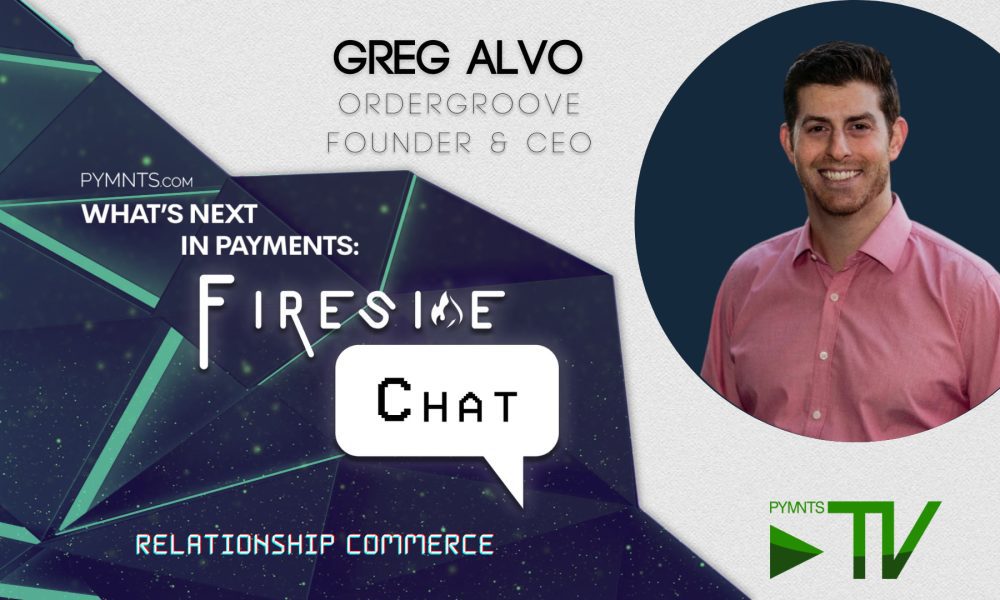In their 1997 marketing “Enterprise One to One,” Don Peppers and Martha Rogers zeroed in on the deeper connections possible for companies fostering close customer relationships rather than simply transactional affiliations.
Long known as relationship commerce, it isn’t a new concept in the same way that buy now, pay later (BNPL) isn’t strictly new. It’s been repurposed for digital and mobile, which are excellent growth mediums for relationship commerce and its flow of recurring revenue.
Sounds a lot like subscription commerce — and it is. It’s just a smarter, more attuned version.
As Ordergroove Founder and CEO Greg Alvo told PYMNTS’ Karen Webster, “Relationship commerce is really about how do brands — D2C brands, eCommerce sites, retailers, etc. — make themselves indispensable to consumers’ lives by anticipating their needs?”
Winning greater wallet share and garnering enduring consumer loyalty is ideal for subscriptions, which Ordergroove helps brands craft and nurture. The platform helps brands overcome the two primary frictions that can harm these relationships — mental friction and physical friction.
Defining mental friction as “I have to go remember to do something” and physical friction as “I actually have to go do it,” Alvo said, “Merchants that are investing in developing relationships by making consumers’ lives easier are the ones that are winning the share of wallet and are growing the fastest, thriving the most, and the most profitable.”
Physical friction is the easier one to address.
“Mental friction is getting ahead of any anxiety that we might have because I’ve got three kids, I’m running out of diapers, I have to remember that and I’ve got a busy day, as does my wife.”
As Alvo sees it, that’s the job of data and predictive analytics combined in a platform that knows you’re about to run out of dog food before you do and either orders it or alerts you.
See also: Cars and Home Appliances Use Subscriptions to Boost Revenue, Build Customer Relationships
Befriending the Zero-Click Consumer
Subscription everything is a pandemic success story, and Alvo is among a growing number of executives who see elements of subscription commerce as touching virtually all shopping eventually.
“That level of customer intimacy and frictionless experience and card-not-present transaction is exactly where the market’s headed,” Alvo said. “I think over time, we’re going to see more and more transactions happen away from a traditional shopping cart, going from nine-step checkouts to people talking about one-click checkout. I think it’s zero clicks.”
Zero clicks is 100% predictive, and that’s a function of sellers knowing consumers intimately.
Alvo said it’s happening before our eyes as companies use machine learning to mine vast datasets for insights that help them tailor experiences to specific needs to the precise moments in the customer journey where they occur.
“The pieces are already on the board,” he said. “It’s really putting them together in a cohesive experience that is truly customer-centric and not intrusive.”
Better data and platform analytics are unlocking mysteries of consumers’ lives, enabling merchants to anticipate and get recurring sales from happier customers.
“I would argue that personalization and investing in data science is even more critical than other forms of commerce because consumers expect you to know who they are in some cases … better than they might know themselves,” he said.
Membership or Subscription?
Shades of difference can separate membership models from subscriptions, but both are recurring, allowing merchants and brands to cement and increase customer lifetime value. Comparing the strengths of memberships to subscriptions, Alvo used Amazon Prime as an example.
“I’m an Amazon Prime member; I’m also a subscriber to Amazon,” he said. “One is an overarching, program-level, company-level, brand-level benefit, and you’re committed to that brand. [Subscriptions are] more that I’m committed to these products, these bundles, these experiences, whatever it might be.”
It’s not a one-size-fits-all model. Which model to adopt depends on the customer, the product and the experience a merchant wants to create. Take, for instance, Restoration Hardware. Alvo said categories like furniture might not be ideal for classic subscription models, but memberships can create similarly profound connections between brand and buyer if properly deployed.
“Do you choose something like on-demand where it’s not committed, but you’re prompted when it’s time to purchase again,” Alvo said. “It depends on the customers and products. You’re not going to subscribe to couches, per se.”
“If you’re a brand that has a more routine cadence, whether it’s weekly, monthly, quarterly, that’s where you see a lot of subscription models blossoming,” he added. “Or, with verticals that might not have as much cadence but are trying to get more frequency, more cadence. Membership plays for all verticals. Subscription probably plays for 75% of them, but there are some outliers.”
The upshot of all this: Alvo said, “I think in 10 years, you’re going to see at least $1 trillion in [value] flowing through recurrent revenue models and relationship commerce. On-demand’s going to be trillions, as well. I think 50% is going to go through an eCommerce shopping cart, and the other 50% is going to be going through relationship commerce.”
See also: Subscription Commerce Firm Ordergroove Hires CFO, VP of Client Services







